- This event has passed.
International Women’s Day
March 8, 2023 @ 12:30 pm – 1:00 pm
INTERNATIONAL WOMEN’S DAY
International Women’s Day on March 8th each year celebrates the social, economic, and political achievements of women around the world. The day also brings international awareness to gender parity. According to the World Economic Forum, global gender equality is estimated to be achieved by 2133.
Gender equality is equal access to the same rights and opportunities regardless of gender. These rights and opportunities include:
- healthcare
- education
- employment / economic gain
- pay
- protection under the law
- right to vote
- free from violence
Striving for Change
Holding Political Office
Just over 100 years ago, only .2 % of the United States Congress consisted of women. Actually, the 65th Congress was comprised of a single woman. In 1916, Montana elected Republican Jeannette Rankin as the first Congresswoman to hold a federal office. Fast forward to the year 2020 and women hold 23.7% of the U.S. Congressional seats. While that might seem like progress, according to United Nations statistics, the U.S. percentage matches exactly the worldwide average for women in political office.
Education
In many parts of the world, women are less likely to own land, a business, or attend school. Education alone is a powerful tool leading to financial independence for women. Their children reap the rewards, often for generations to come. Additionally, when the women of a community prosper, so does the community. Educated women and girls are more likely to educate their offspring. They also have a better understanding of healthcare and understand their rights.
Equal Pay
According to the United Nations, more than half of the world’s poorest people are women. International Women’s Day strives to bring economic power to women who are not allowed to work for pay or work for low wages. And despite strides in industrialized countries, there is still work to do there, too.
HOW TO OBSERVE #InternationalWomensDay
Around the world, organizations, communities, and individuals organize events focused on the mission of gender parity, celebrating the achievements of women worldwide and education.
- Attend a lecture, seminar, or festival.
- Organize an event.
- Speak or perform at a local fundraiser.
- Participate in a march for women’s equal rights.
- Learn about the women who paved the way for many of the rights and freedoms we have today.
- Become involved in your local, state, or national political system.
- Invite others to join you, including other women, sons, brothers, sisters, and daughters.
- Share your job skills at a local career fair.
- Celebrate all month long. It is also National Women’s History Month.
- Use #InternationalWomensDay when posting on Social Media.
